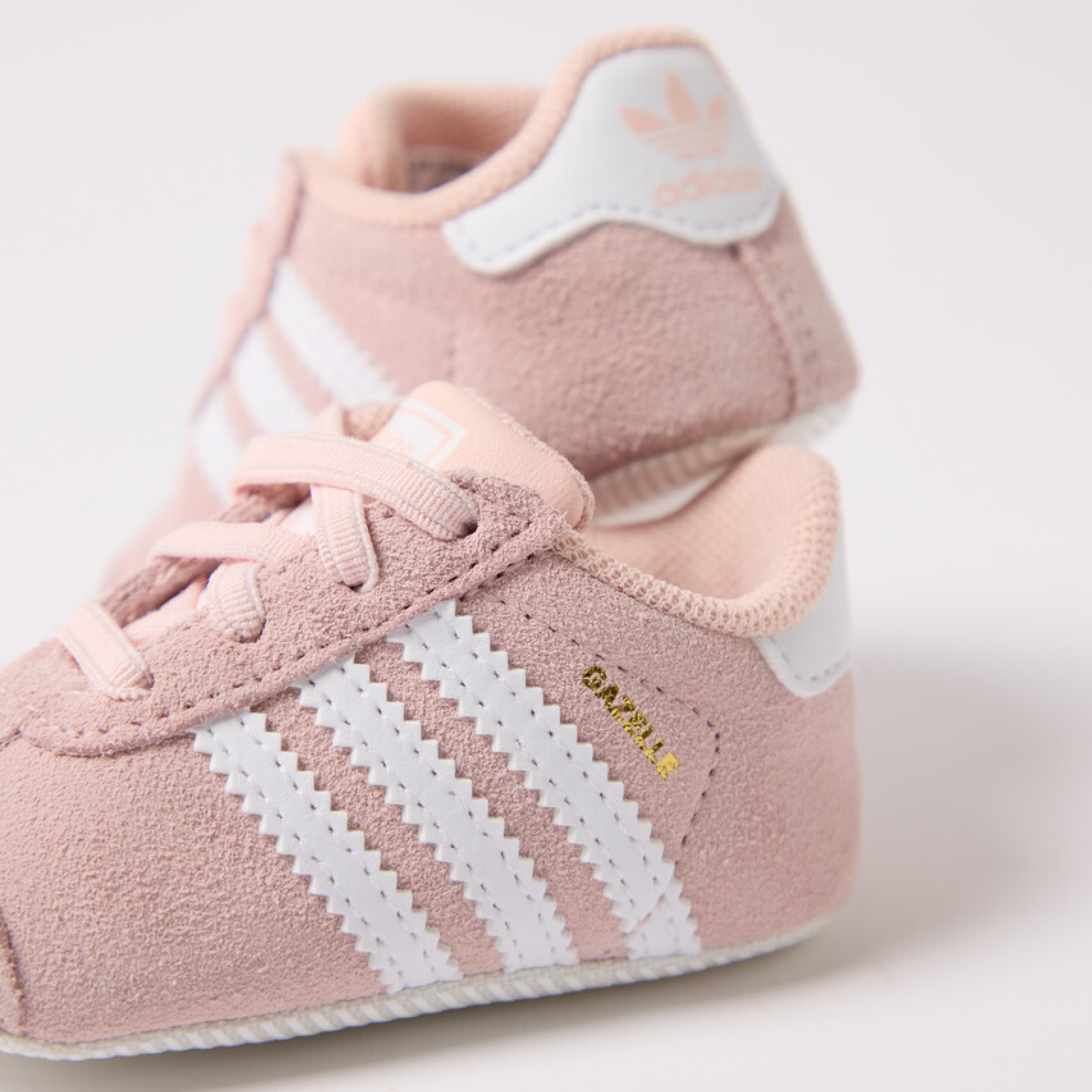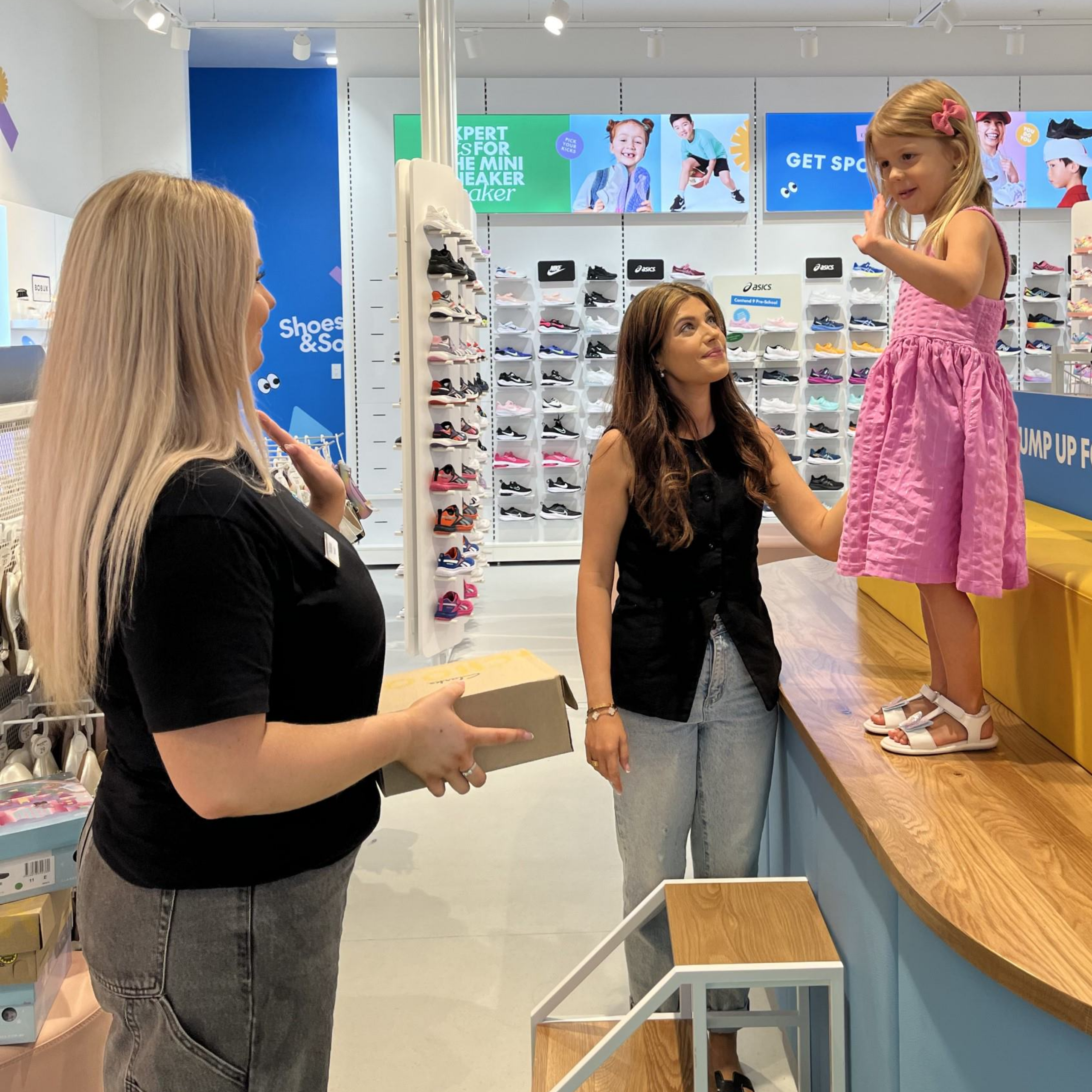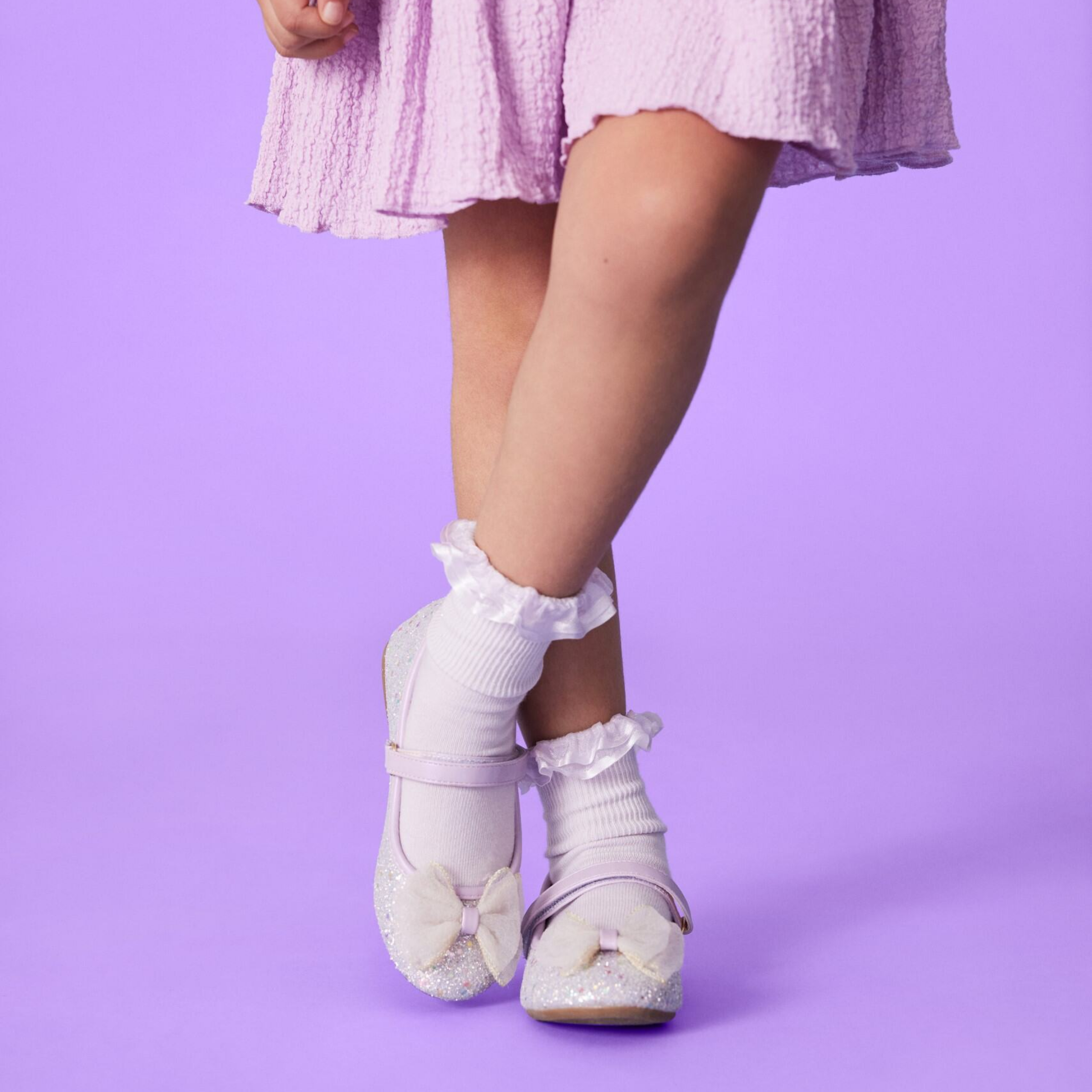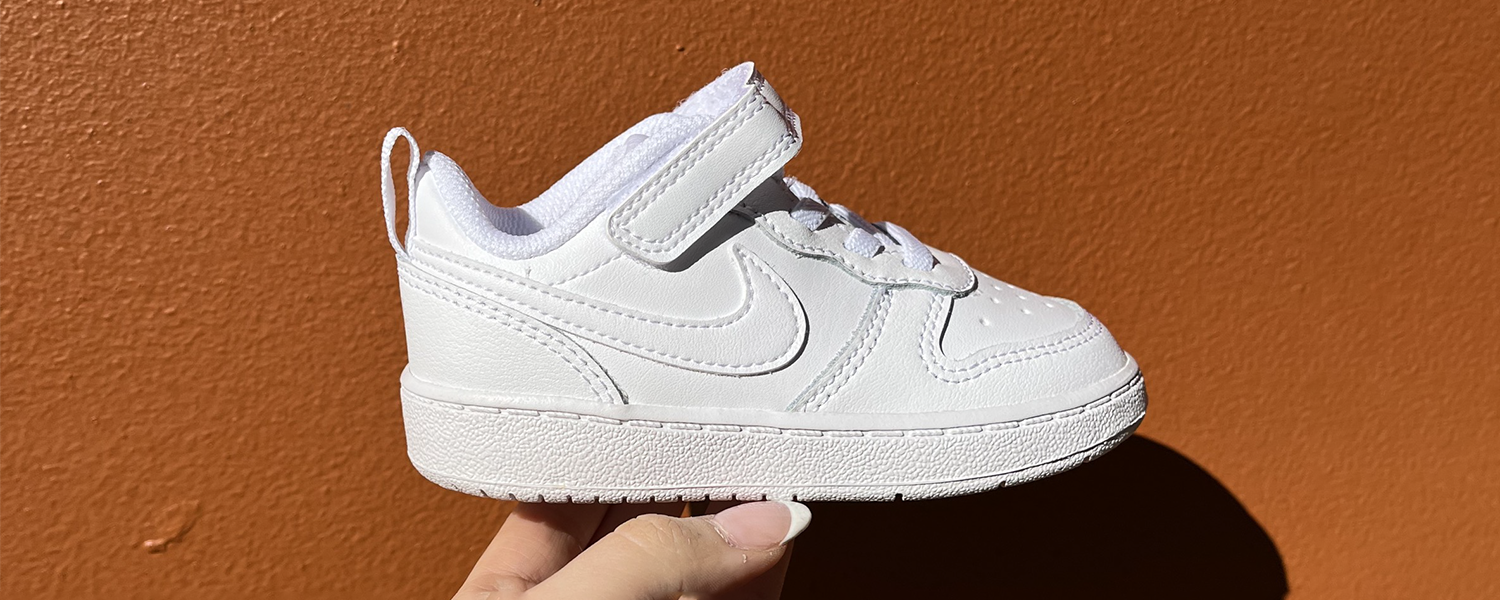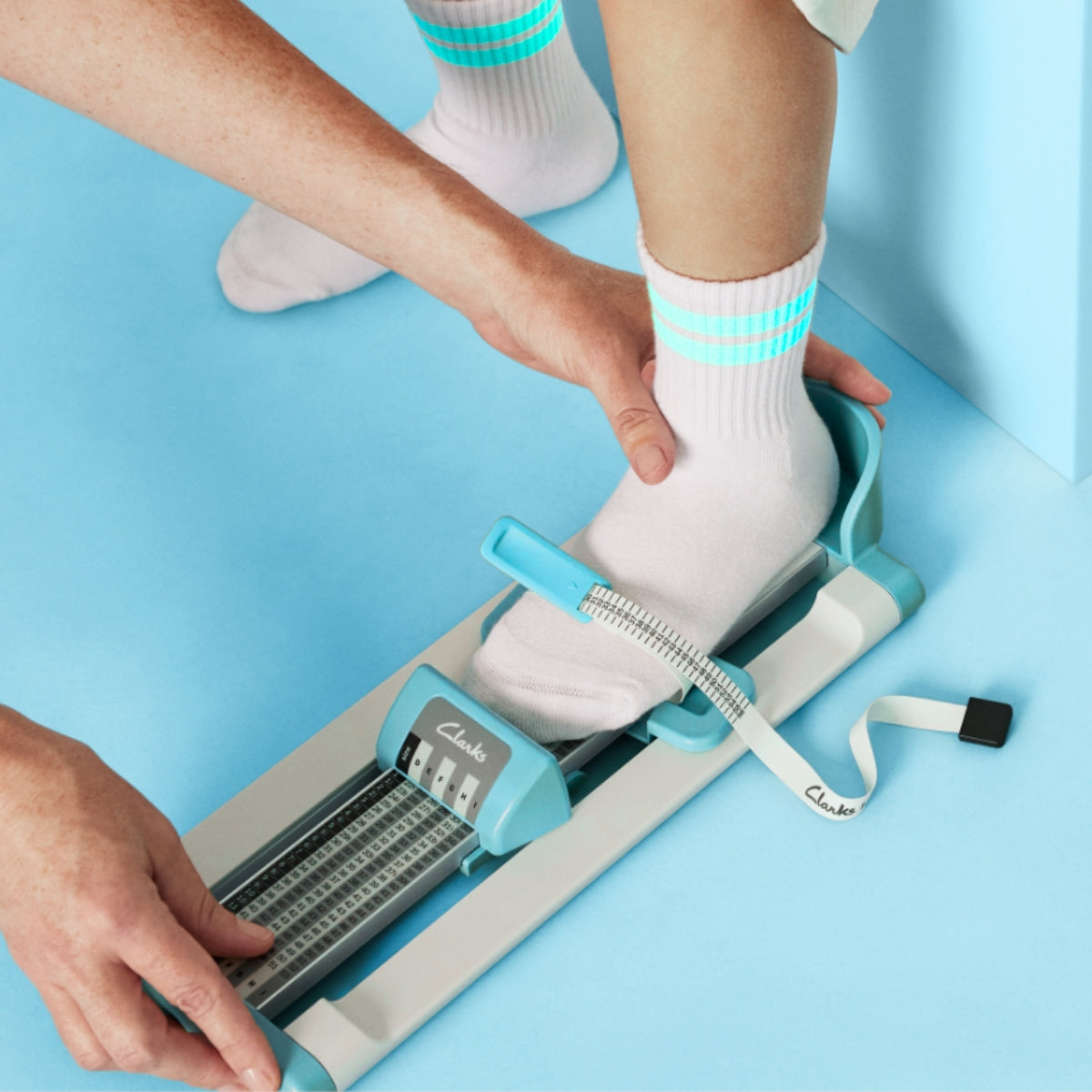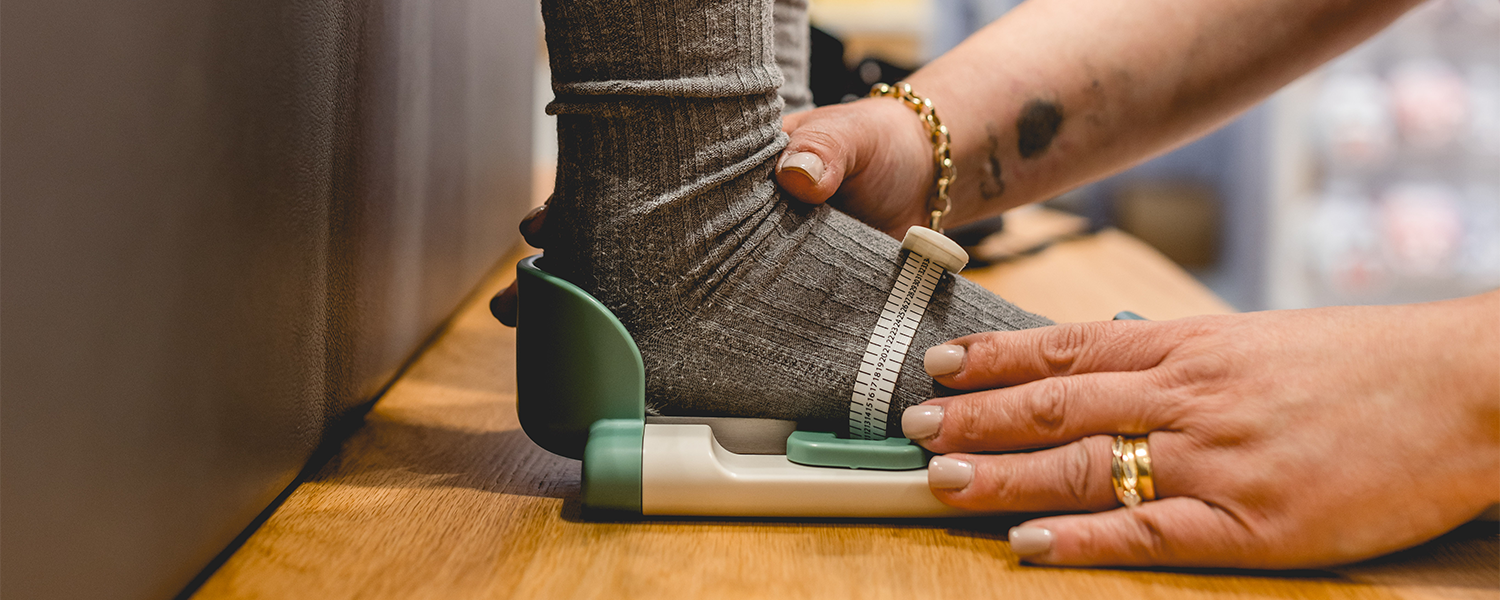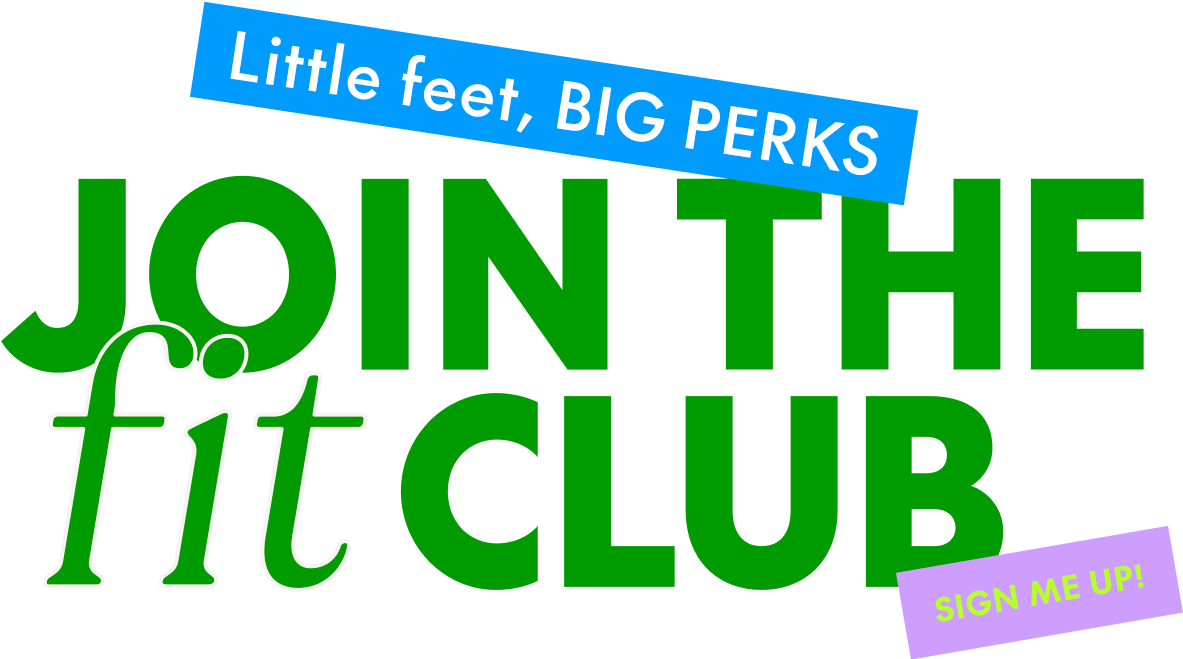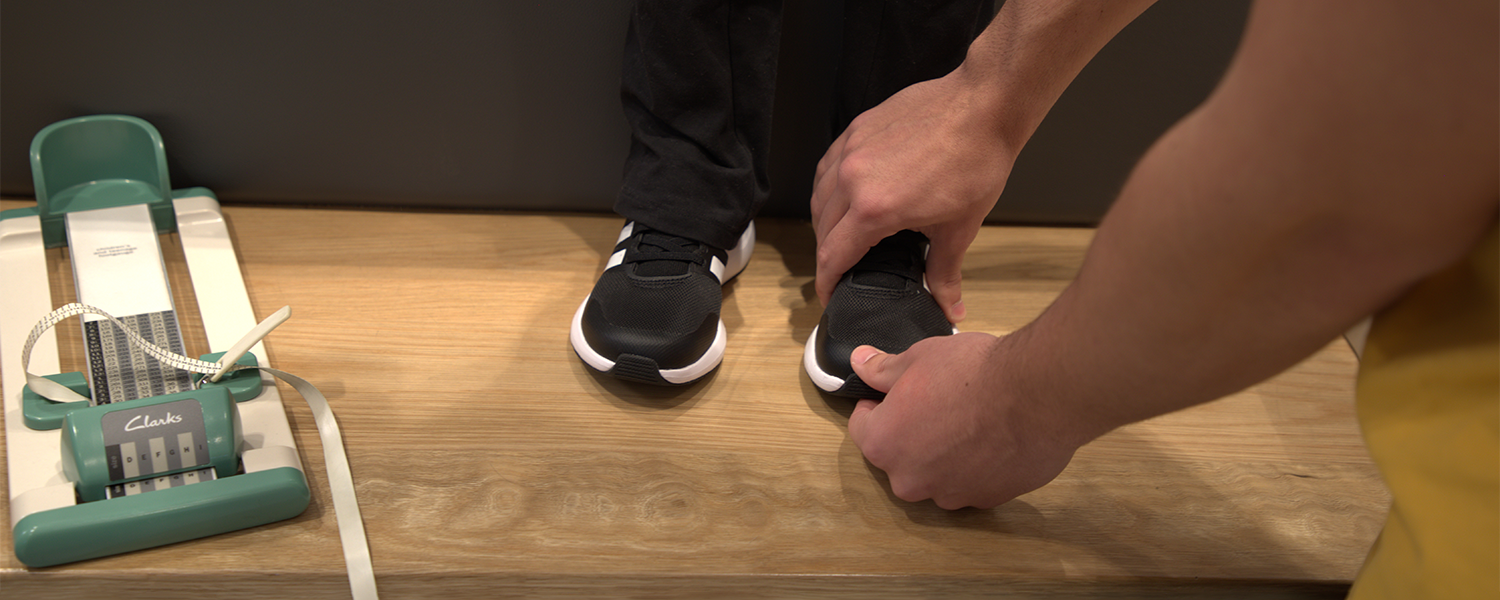
Importance of Proper Footwear for Growing Feet
A Guide for Parents
Making the trip to the Shoes and Sox Stores to get fitted for new school shoes every January is a tradition. Of course, it's crucial to start the year off with a pair of properly suited shoes - think of it as getting off on the right foot (see what we did there?).
At birth, it is predicted that our feet are 1/3 of their adult size. They will then continue to grow until we’re about 15 (years) old for females and 16 (years) old for males. During this period, the foot not only develops but also molds into its final shape. While environmental influences, such as improperly fitted footwear, can lead to lifetime alterations to the foot (think: hammer toes and bunions), genetics still play a substantial impact in the innate shape and function of the foot.
Shoes vs. No Shoes
According to research, children should spend a lot of time in a secure setting sans shoes. Yep, it’s all about freeing the foot - no thongs or slip-ons allowed. This is recommended to help strengthen children’s feet and develop their balance, proprioception, and arch height.
While free feet are fine for certain occasions, wearing the proper footwear is essential when a shoe is required for activities like school, playgrounds, playdates, and sports. School-aged children wear their shoes for more than 15,500 hours each year, so it's super important that they wear shoes that don't cause toe clutching, instability, tripping, discomfort, foot constriction, or early-onset fatigue.
Depending on your child's age, development, and activities, different shoes will be needed. This is why going to a specialised shoe store, like Shoes & Sox, can gurantee that you get help choosing the right shoe and making sure that it fits your child's needs.
The beginner's guide to finding the perfect pair of children's shoes
While the fit professionals at Shoes & Sox - aka 'The Fit Squad’ - will be best to measure and advise on your child's individual foot, there are a few simple rules to follow.
- There should be room to grow - think between three-quarters of a thumb's width between the end of the shoe and the longest toe.
- There should be no need for the toes to grasp because the shoe should hold the foot in place (reserve backless shoes i.e. thongs for the pool and beach only)
- Absolutely no heel slippage
- No extra room in the shoe where the foot can feel uneasy
- There is no swelling of the foot inside the shoe, as that may indicate a shortage of room.
- When possible, pick materials that are light and well-structured.
Shoes & Sox also guarantees a perfect fit, so you can always be confident that your children are wearing the correct size shoes.
Signs that your child's shoes don't fit well
Younger children won't always be able to describe their exact feelings and experiences, which is why they will typically inform you when they are ill that they have a sore stomach. However, when it comes to their feet, there are a few telltale signs that they are wearing the wrong shoes:
- Complaining of sore legs, knees, ankles or feet
- Tripping or clumsiness
- Curled toes
- Rolling of ankles and ankle injuries
- Redness or imprint of footwear / socks on the foot
- Ingrown and bruising of the toenails
- ‘Growing’ pains and sore heels
- Blisters and hot spots
- Needing to pull the laces / fastening mechanism really right
- A sloppy or tight fit
- Excessive wear and tear on the shoe
What are the signs that it's time to take my kid to the podiatrist?
A podiatrist visit is advised if your child has lower limb pain, you have concerns about their walking, running, or foot development or they are not developing physically at the same rate as their classmates. If anything else is going on or if they require further support, they will be in the best position to let you know.
Keep in mind that our feet are the only means of transport for our body, so they need to be taken care of. This is why it’s imperative that shoes fit properly, are comfortable, and can support healthy foot development throughout those younger years - so that they can last the distance both literally and figuratively.
We know how important it is to give our little ones the best start in life by ensuring their feet stay healthy and comfortable. Arm yourself with the knowledge and resources you need at Kiindred to find tips, resources and support for raising happy, healthy children.







